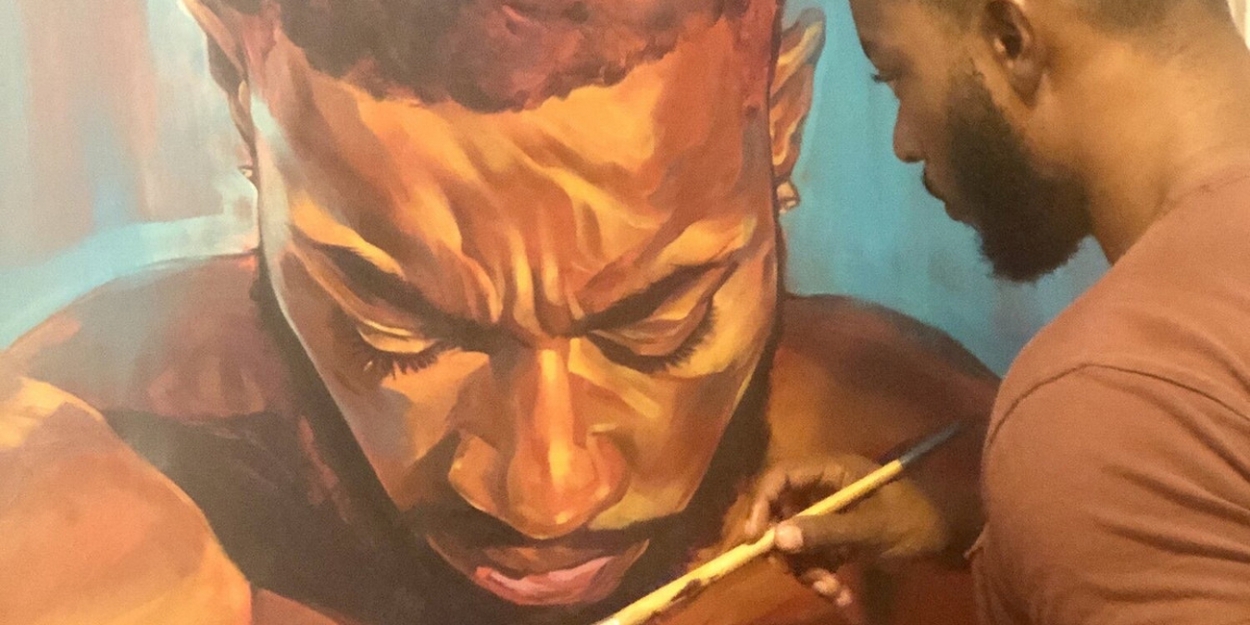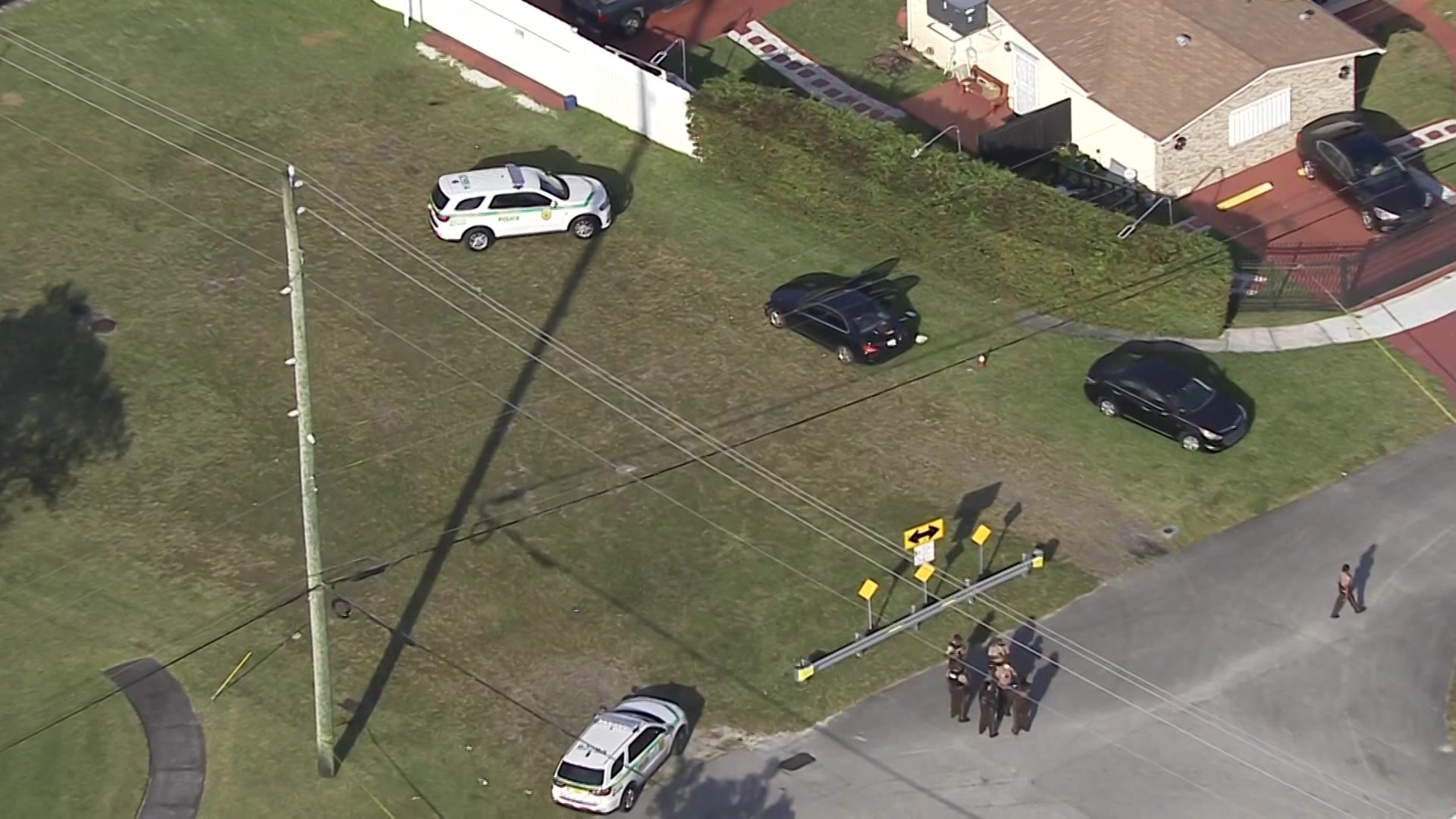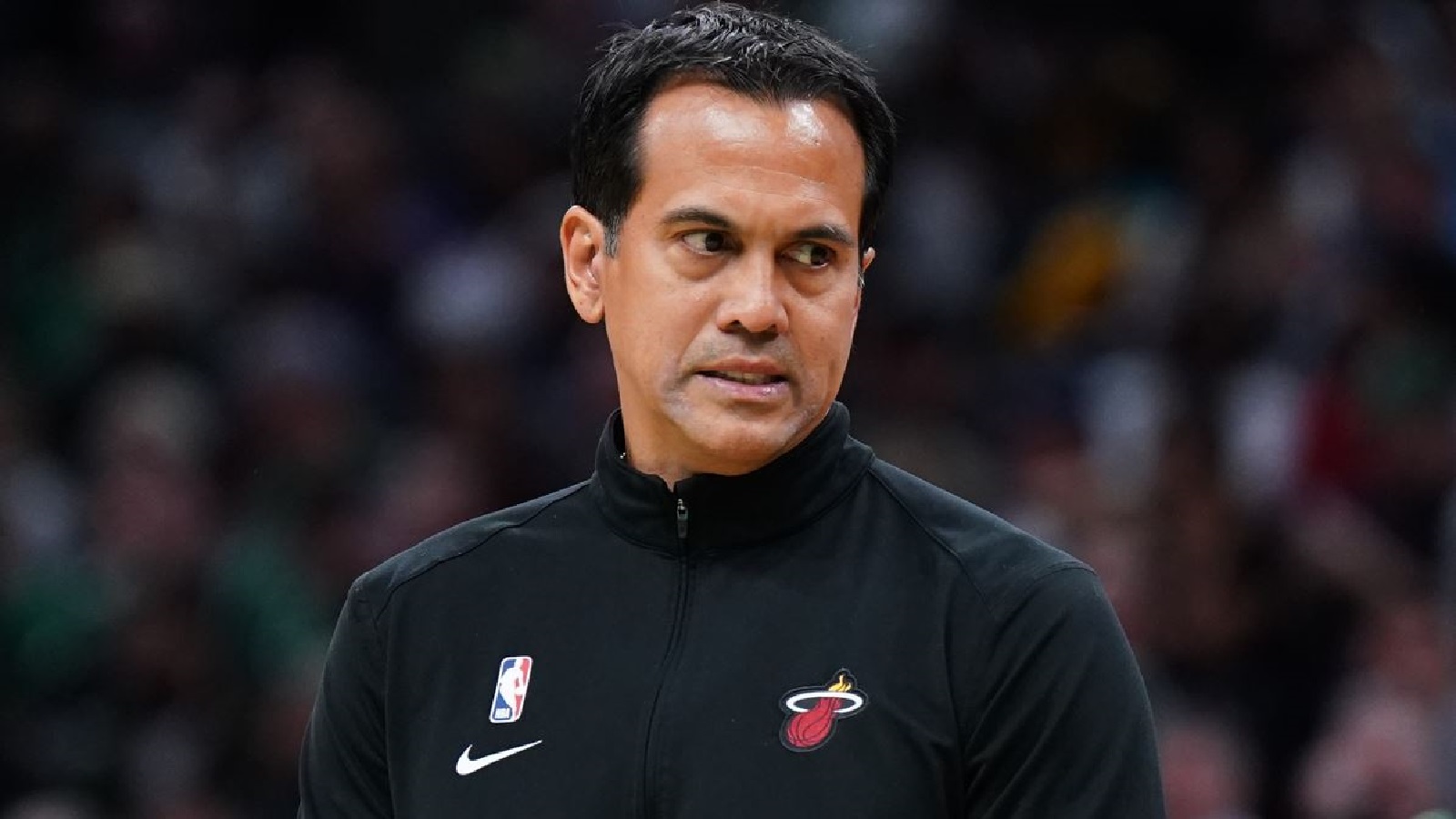Hot Miami Hurricanes topics: New stadium, NIL deals and billionaire booster John Ruiz

Who said Miami’s offseason would be boring?
Since the Hurricanes wrapped up their spring game at DRV PNK Stadium in Fort Lauderdale on April 16, there’s been plenty to talk about — from transfers and NIL deals to the first real possibility the football team could end up playing home games elsewhere in the near future.
Here are some insights and thoughts on the chatter:
Let’s start with the stadium.
Inter Miami CF co-owner David Beckham’s recent victory to lease 73 acres of city-owned land near Miami’s airport and develop Miami Freedom Park for South Florida’s pro soccer team still needs city commissioners to approve zoning changes later this year before construction can begin.
But if you’re a Hurricanes football fan who’d like to see the team play closer to campus, it’s safe to call the stadium Inter Miami CEO and managing owner Jorge Mas plans to build by March 2025 the best shot UM has of playing a home game outside of Hard Rock Stadium before its agreement with the Miami Dolphins expires in 11 years.
For as much as John Ruiz, the local lawyer-turned-billionaire health tech company CEO, has made headlines and gotten Canes fans excited over the past year about the potential of building UM its own football stadium at Tropical Park, he told The Athletic on Friday he finally had his first conversation with UM officials regarding a stadium this week.
That’s only after Miami city commissioner Joe Carollo floated the idea of increasing the size of Inter Miami’s stadium from “27,000 to 28,000” seats to “45,000 to 50,000” and getting the University of Miami to play there. Ruiz, whose pockets and desire to raise Miami’s status in athletics run deep, said he’s on board with making that happen.
There’s definitely a path there. For one, the Mas family has a big seat at the table when it comes to Hurricane athletics. Jose Mas, Jorge Mas’ brother, is on the UM Board of Trustees. The family also helped recruit Mario Cristobal from Oregon.
Plus, school athletic director Dan Radakovich told The Miami Herald on Friday that he’s excited about the opportunity to look into an Inter Miami-UM joint stadium idea.
“We’re trying to make things happen,” Ruiz told The Athletic. “With the Mas brothers and me and my kids, who were all kind of born and raised here, I think it’s a pretty impactful combination that we can do really big things here in this community.”
All that said, there are a couple of reasons for Miami to stay at Hard Rock Stadium. For one, Miami’s leadership values its relationship with the Dolphins, who do not charge the Hurricanes rent for using the stadium. They simply split revenue, according to The Herald.
Secondly, UM is well aware its fan base is spread out over South Florida, and playing games 20 miles away from campus on the Miami-Dade and Broward County border doesn’t bother the administration because it makes it easier for fans from up north to get to games.
Inter Miami CF co-owners David Beckham (center) and Jorge Mas (right) are closer to a new stadium, and it could pave the way for the Hurricanes to play closer to campus. (Jasen Vinlove / USA Today)
Stadium size
So what is the right stadium size for Hurricanes football? Somewhere between 50,000 to 55,000, a Miami official said.
Since its final season in the Orange Bowl in 2007, UM has averaged 51,607 fans for home games at Hard Rock, with the biggest home crowd averages (58,572; 58,682; 61,469) coming in successive seasons during the Mark Richt era from 2016 to 2018.
From 1983 to 2007, the Hurricanes averaged only 49,421 fans at the Orange Bowl and more than 60,000 fans only three times: 69,539 in 2002; 60,331 in 1994; 62,096 in 1990. Last year, Miami averaged only 43,698 fans at Hard Rock, its smallest figure since 2006 (41,908).
Would sellout crowds of 50,000-plus be enough to pay the bills with Cristobal’s new hefty $80 million deal and all the increased expenses for assistant coaches and staffers? That’s not something Miami’s administration is worried about. As one UM official told me, “profits for football will far exceed expenses for football.”
That said, capital expenditures — upgrades in facilities and infrastructure — are where guys like Ruiz and other wealthy Miami boosters will be asked to step up.
One thing to note: Miami’s season ticket sale numbers — even with Cristobal’s hiring — aren’t vastly ahead of pace from ticket sales a year ago, a Miami official said. But it’s expected sales will pick up as the season nears.
Facility upgrades
As for facility upgrades, it’s costing Miami north of $7 million to build its new locker room and weight room, something the school committed to when it lured Cristobal away from Oregon.
Those expenses, though, will pale in comparison to the more than $100 million the school will spend over the next four years to build a new athletic facility for football with upgrades for other sports. Not only is Miami expanding its indoor practice field to a full 120 yards, but it’s going to have a new training facility, a new training table where players eat, plus new offices and meeting rooms.
Radakovich said after spring football, the final budget and plan will be revealed this summer after trustees and donors see it first.
NIL deals
In the evolving world of college athletics, it’s safe to say the University of Miami has enjoyed a pretty good run in the transfer portal over the past few months.
And it doesn’t take a master sleuth to figure out Ruiz — who has signed more than 100 Miami athletes to NIL deals totaling more than $5 million — has been a key figure in helping the athletic program attract athletes.
On Twitter, he teases commitments before they’re publicly announced and proudly celebrates the role his companies — LifeWallet and Cigarette Racing — played in helping complete those deals.
But it’s foolish to think Miami is only attracting athletes from other schools because of the NIL deals they’re signing. Former Kansas State guard Nijel Pack, who signed a two-year, $800,000 deal that includes a car with LifeWallet, insists his basketball future took priority over everything else.

“The first reason why I chose Miami was because I wanted to be a true point guard,” Nijel Pack told The Athletic. (Jay Biggerstaff / USA Today)
Seeing the success Jim Larranaga had with undersized point guards — Angel Rodriguez, Shane Larkin and most recently Charlie Moore — is what attracted him first and foremost.
“The first reason why I chose Miami was because I wanted to be a true point guard,” Pack told The Athletic last week. “Coming from Kansas State and playing the two the majority (of last season), I learned that NBA teams really want to see me play the one. With my size, I have to show I can run a team, can get my teammates involved and can score. Miami has the great reputation of letting their guards play, letting them shine. Talking with Coach L, that’s what he’s seen. He’s seen that in me.”
Pack said it also helped having Moore and Sun Belt Player of the Year Norchad Omier (who committed to Miami after Pack) around to talk to during his official visit. Pack said he also reached out and spoke to Isaiah Wong, who could still end up being his teammate if he doesn’t leave to play pro basketball.
Wong situation
The midweek fiasco with Wong’s agent telling ESPN he might enter the transfer portal unless he received greater compensation in the NIL deal he signed with LifeWallet on April 12 — before Wong walked it back 24 hours later — was unfortunate, Ruiz said.
But Ruiz is not expecting the NCAA to create an issue for Wong if he decides to return to Miami.
“I’m not concerned about the NCAA at all,” Ruiz said. “I mean, it was his decision to consider going into the portal. He had a right to do that. I already had a contract with him. I would have never (renegotiated it) from a business perspective. But I guess technically, if you say I would’ve paid him more money not to go it could be viewed as you’re giving them a contract to stay at a school. But the rules themselves talk more about transferring or inducing somebody to go to a school. He’s already a student at Miami.
“What I learned from all this is that there needs to be more education on the subject matter and that’s why on (May 15), I’m gonna put out a national seminar online that everybody can watch. Could be parents, agents, lawyers, players, whoever. So they really understand how this stuff works.”

“I’m not concerned about the NCAA at all,” said John Ruiz, who has agreed to help Isaiah Wong land other NIL deals. (Jim Dedmon / USA Today)
Wong has until the June 1 deadline for early entrants to withdraw his name from the draft and return to the Canes.
Ruiz, who said he’s agreed to help Wong land other NIL deals, has a team of lawyers who pore over all of his NIL deals before they are sent to Miami’s compliance office for review. A UM official said Miami shares all of those deals with the NCAA, and so far “everything has been great.”
This week, Ruiz has plans to use his newly refurbished private Boeing 767 to fly to Arizona and Georgia to pick up and deliver three of the school’s freshly signed basketball transfers. Pack, who is training in Atlanta, will be picked up after a stop in Arizona to gather former Fresno State standouts Haley and Hanna Cavinder, the internet-famous twin sisters with big social media followings and endorsement deals.
According to Ruiz, UM officials cleared the flight because it’s part of the NIL deals Pack and the Cavinders signed. Ruiz is planning to film it all to create an NIL video for Miami.
(Top photo: Doug Murray / Icon Sportswire via Getty Images)


